$$\frac{V_c-V_2} {R_2} + C \cdot \frac{dV_c}{dt} + \frac{V_c} {R_3} = \frac{V_1-V_c}{R_1}$$ $$V_c(0) = V_2 $$
I have tried to solve this with the help of MATLAB, but the answer from the book is apparently different from my answer. What's wrong with my differential equation?
Here is the answer from the book.
$$v_C(t) = Ke^{−t/\tau} + \tau f (t)$$ $$v_C(0) = Ke^0 + V_T$$ $$K = v_C(0) − V_T = V_2 − V_T$$ $$v_C(t) = (V_2 − V_T )e^{−t/R_T C} + V_T$$




